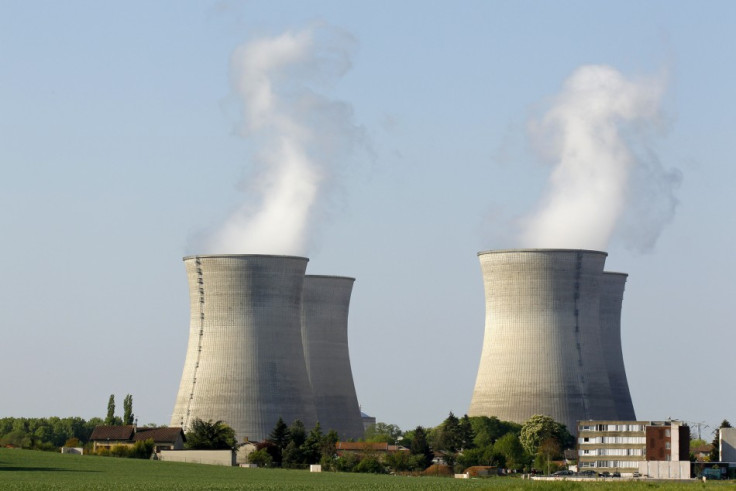Carbon trapping sponges that can help cut emissions developed at Cornell

Cornell scientists have invented low-toxicity, highly effective carbon-trapping "sponges" in the fight against growing emissions.
A silica scaffold with tiny pores is used as the sorbent support that soaks in liquid amine, which partially hardens. The finished product is a stable, dry white powder that captures carbon dioxide even in the presence of moisture, says a press release.
In industrial uses, carbon dioxide-containing flue gas passes through liquid vats of amino compounds, or amines, which absorb most of the carbon dioxide. This carbon-rich gas is then stored underground or reused.
The amine solution is extremely corrosive and requires capital-intensive containment.
The scrubbers have to be constantly replenished with amines which are lost in the process. Also, they have to be heated to 140 deg C to release the captured carbon.
Solid amine sorbents used in the scrubbers are usually only physically impregnated with the amines which can be lost gradually.
The researchers at Cornell instead grew their amine onto the sorbent surface, which causes the amine to chemically bond to the sorbents, meaning very little amine loss over time.
The paper co-authored by postdoctoral associates Genggeng Qi and Liling Fu, was published in Nature Communications.
A proof-of-concept study recently showed that amine-rich compounds when combined with buckyballs (or carbon-60) can be used to capture carbon in a method that spares methane and is cost-effective.
With carbon emissions showing no signs of going down, chances of keeping away a temperature rise above two degrees seems low. Any rise above that figure can spell irreversible climate change and studies are showing that the world is already locked into a 1.5 degree rise.
Carbon capture could be one of the technological mitigation methods like geoengineering to avoid emissions build up in the atmosphere.
But the technology has not taken off due to costs and storage issues. Not all are agreed on the safety of burying massive amounts of carbon dioxide into the earth.
© Copyright IBTimes 2025. All rights reserved.





















